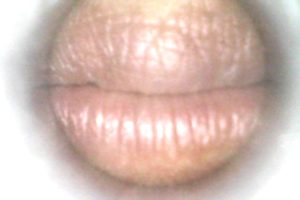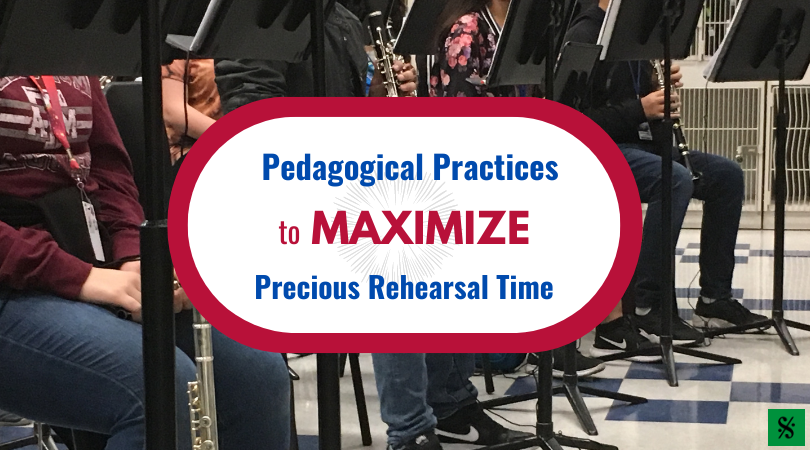The trumpet embouchure is the source of much discussion and frustration among both teachers and students. While the principles that govern embouchure formation are, in theory, quite simple, practical application is often much more complex.

Prior to teaching trumpet embouchure formation, it is important to understand both the role that the embouchure plays and how it functions. Primarily, the embouchure serves as a source of vibration, functioning in the same manner as a reed on a woodwind instrument. Next, the vibration of the embouchure occurs as a response to the flow of wind; the breath activates the embouchure and not the other way around.
Thus our first priority as educators should be to establish efficient habits in terms of the breath, as no embouchure will function properly without a free flowing source of wind. In my studio, I ask students to frame their breaths around the syllables “OH” and “HO”: a concept that I borrowed from Arnold Jacobs. I find that this technique encourages both the free-flowing release of the wind and the production of a characteristic trumpet sound.
In terms of forming the embouchure itself, there are a few concepts to keep in mind. First, the embouchure must be formed with the lips resting comfortably together, as if speaking the syllable “em.” Next, both lips must be inside the inner rim of the mouthpiece. The embouchure will function properly only if there is enough tissue (mass) inside the mouthpiece to vibrate properly. Thus, both lips should be set in the mouthpiece, as opposed to setting any part of the mouthpiece on the lips themselves, as this will impede vibration. (See photos below.)
Example 1: View of properly formed trumpet embouchure from inside the mouthpiece. Notice that both lips are completely inside the inner rim of the mouthpiece.
Example 2: View of improperly formed embouchure from inside the mouthpiece. Note the mouthpiece resting on the top lip.
Example 3: View of improperly formed embouchure from inside the mouthpiece. Note the mouthpiece resting on the bottom lip.
Keep in mind that slight variations in the appearance of the embouchure caused by physical structures such as tooth and jaw alignment or face shape are inevitable.
My preferred method for teaching trumpet embouchure comes, in large part, from the pedagogy of Carmine Caruso. This process is fairly simple to teach and will produce predictable results. Students should begin on the mouthpiece:
- Place the inside rim of the mouthpiece at the color change on the top lip.
- Tip the mouthpiece up, toward the nose.
- Say “em.”
- Tip the mouthpiece back down.
- Breathe through the nose, keeping the embouchure still.
- Blow while keeping the lips together.
- Once the student is comfortable forming the embouchure, they may begin breathing through their mouth.
This process will produce good results with a little supervision from an instructor. While I firmly believe that most physical issues on the trumpet are most effectively addressed via musical, not technical, instruction, it is essential that the teacher is vigilant in addressing proper embouchure formation and correcting bad habits when they occur.
It is important to note that working with students that have preexisting embouchure problems presents an entirely new set of challenges. I am happy to address questions regarding these issues in the comments below or in a future article.
By guiding students with the aforementioned principles in mind, educators will not only help their students avoid playing problems later in their performing careers, but they will also cultivate a higher level of musicianship in their own classrooms.
Jason Crafton is assistant professor of trumpet at Virginia Tech. He holds a doctorate in trumpet performance from the University of North Texas where he studied with Keith Johnson. You can follow his professional activities, along with those of the Virginia Tech trumpet studio, at facebook.com/vt.trumpets.
Related Reading:
A Systematic Approach to Improving Trumpet Tone Quality
Flute Embouchure – Simple Steps to Success
Beginning Trumpet – Begin With F?
If you would like to receive our weekly newsletter, sign up here.
Don’t forget to like us on Facebook too!
Learn. Share. Inspire.
BandDirectorsTalkShop.com









Leave a Reply
You must be logged in to post a comment.